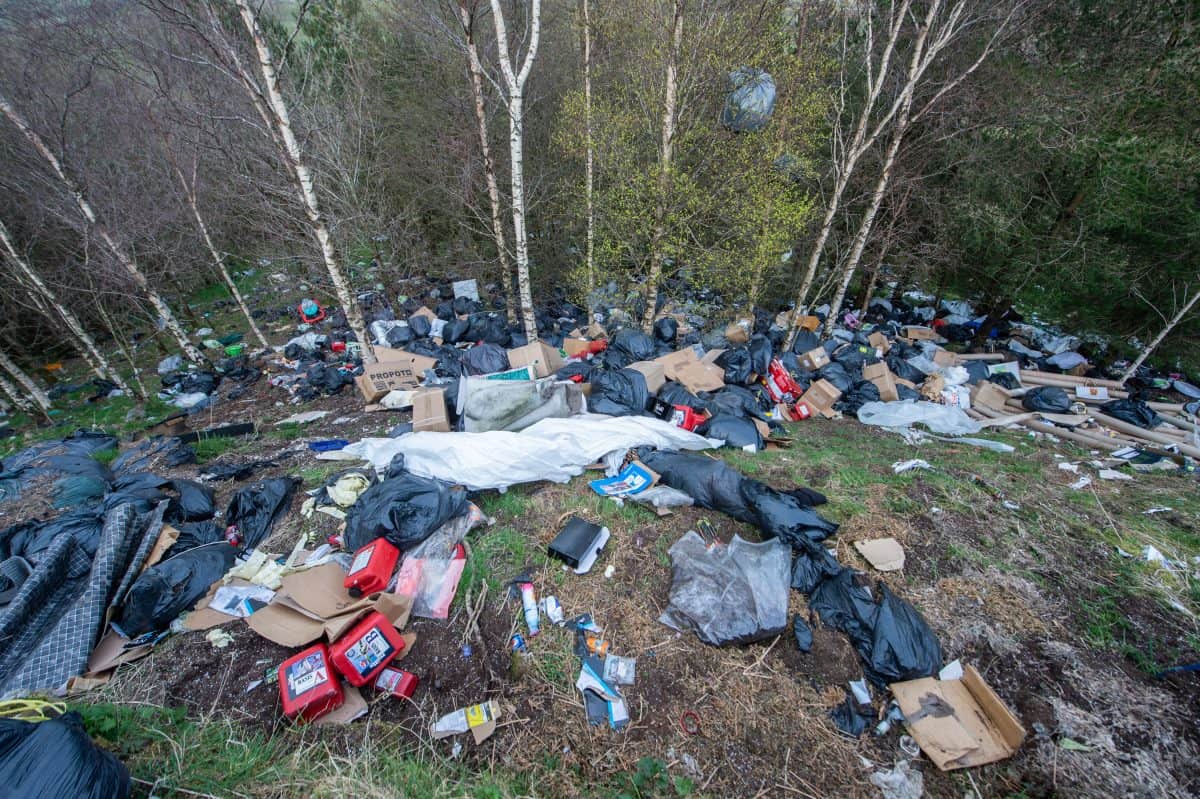
Credit;SWNS
The Covid-19 disaster has been caused by man driving animals to the brink of extinction, according to new research.
Viruses jumping from animals to people is most likely where threatened species have declined due to exploitation and loss of habitat.
People are creating the conditions for the spread of diseases by reducing the natural barriers between wildlife among which they spread naturally and themselves.
The current pandemic, known as ‘virus spillover’, may be just the ‘tip of the iceberg’, scientists have warned.
Lead author Dr Christine Johnson, a veterinarian at the University of California, Davis, said: “Spillover of viruses from animals is a direct result of our actions involving wildlife and their habitat.
“The consequence is they are sharing their viruses with us. These actions simultaneously threaten species survival and increase the risk of spillover.
“In an unfortunate convergence of many factors, this brings about the kind of mess we are in now.”
Hunting, trade, habitat degradation and urbanisation facilitates close contact between wildlife and humans – which increases the risk of ‘virus spillover.’
Many of these activities also drive wildlife population declines – and the risk of extinction.
The biggest danger comes from common domestic animals, including livestock. They have shared eight times more viruses with humans than their wild peers.
This is likely a result of our frequent close interactions with these species for centuries.
Wild animals that have increased in abundance and adapted well to manmade landscapes pose the next biggest danger.
These include rodents, bats and primates that live among us or near our homes and around our farms and crops.
At the other end of the spectrum are species threatened by hunting, wildlife trade and destruction of habitat.
These were predicted to host twice as many zoonotic viruses compared to those endangered for other reasons.
Threatened and endangered species also tend to be highly managed and directly monitored – putting them in greater contact with people.
The findings published in Proceedings of the Royal Society B are based on an analysis of 142 known viruses that spill over to humans – and their potential animal hosts.
Using the IUCN Red List of Threatened Species, the international team examined patterns in abundance, extinction risks and underlying causes for declines.
It identified clear trends in spillover risk that highlight how people have interacted with animals throughout history.
The findings could shed fresh light on how the deadly coronavirus jumped from animals to humans. The race is on to find the source of the outbreak.
One theory is a bat flying across China left a trace of coronavirus in its droppings that fell to the ground.
A wild animal, possibly a pangolin snuffling for insects among the leaves, picked up the infection from the excrement.
The novel virus spread among forest dwellers and eventually an infected animal was captured – and passed it on to workers at the wildlife market in Wuhan.
A range of species could be the host. Bats, in particular, harbour a large number of different coronaviruses.
Bats repeatedly have been implicated as a source of SARS, Nipah virus, Marburg virus and Ebola viruses, the study notes.
Dr Johnson said: “We provide a timely scientific advance to understanding animal-human interactions that have played a role in spillover of viruses from animals to people.
“Our findings highlight human activities that not only increase zoonotic disease risk but also perpetuate declines in wildlife.”
They add to increasing evidence Covid-19 is linked to environmental change. As habitat and biodiversity loss rise, it may be just the beginning of mass pandemics.
Added Dr Johnson: “We need to be really attentive to how we interact with wildlife and the activities that bring humans and wildlife together.
“We obviously don’t want pandemics of this scale. We need to find ways to co-exist safely with wildlife, as they have no shortages of viruses to give us.”
A new discipline, planetary health, is emerging that focuses on the increasingly visible connections between the wellbeing of humans, other living things and entire ecosystems.
David Quammen, author of Spillover: Animal Infections and the Next Pandemic, recently wrote in the New York Times: “We invade tropical forests and other wild landscapes, which harbour so many species of animals and plants – and within those creatures, so many unknown viruses.
“We cut the trees; we kill the animals or cage them and send them to markets. We disrupt ecosystems, and we shake viruses loose from their natural hosts. When that happens, they need a new host. Often, we are it.”
Research suggests outbreaks of animal-borne and other infectious diseases such as Ebola, Sars, bird flu and now Covid-19 are on the rise.
Pathogens are crossing from animals to humans, and many are able to spread quickly to new places.
The US Centers for Disease Control and Prevention (CDC) estimates that three-quarters of new or emerging diseases that infect humans originate in animals.
Related – 17 best reactions to the 5G Coronavirus conspiracy theory